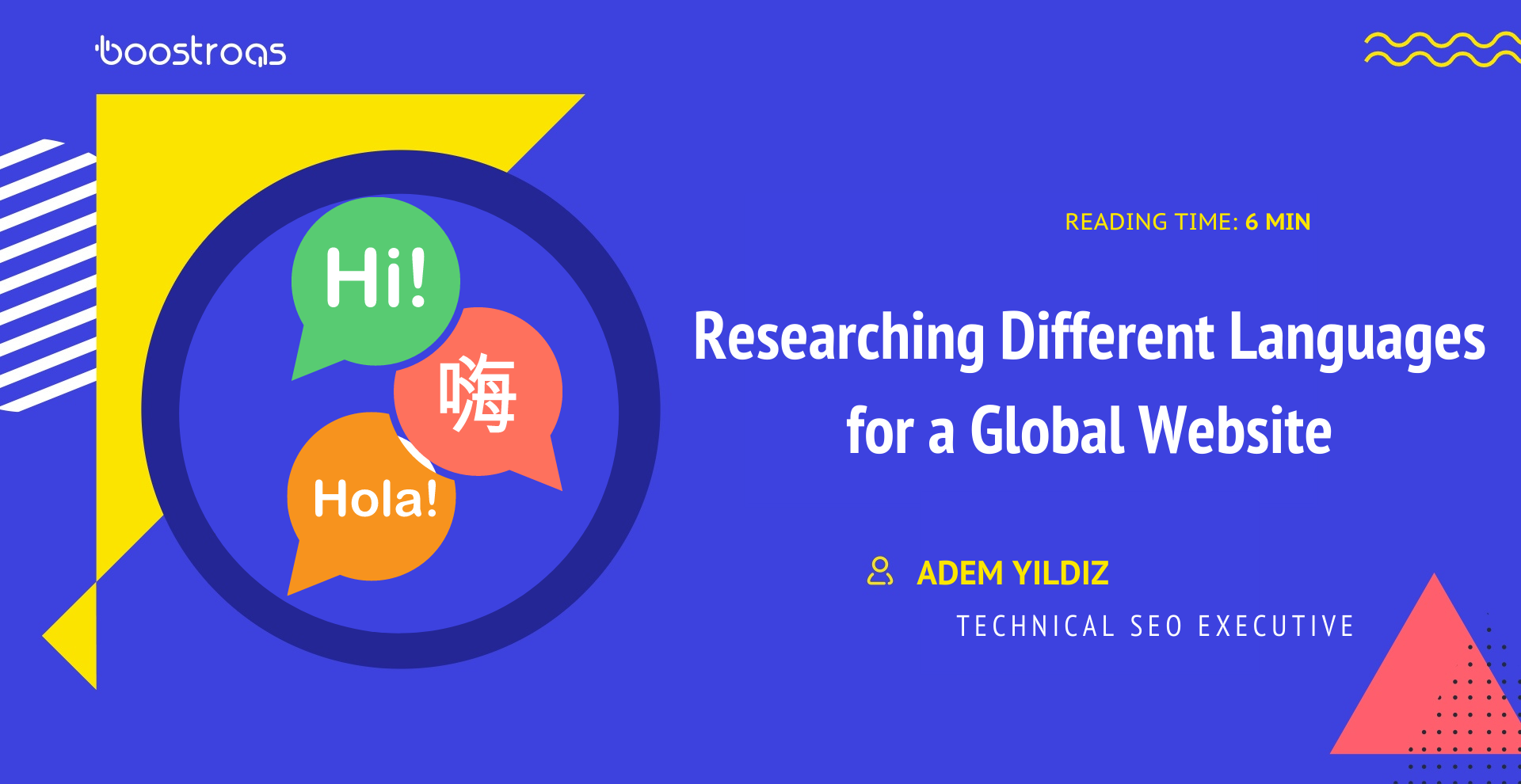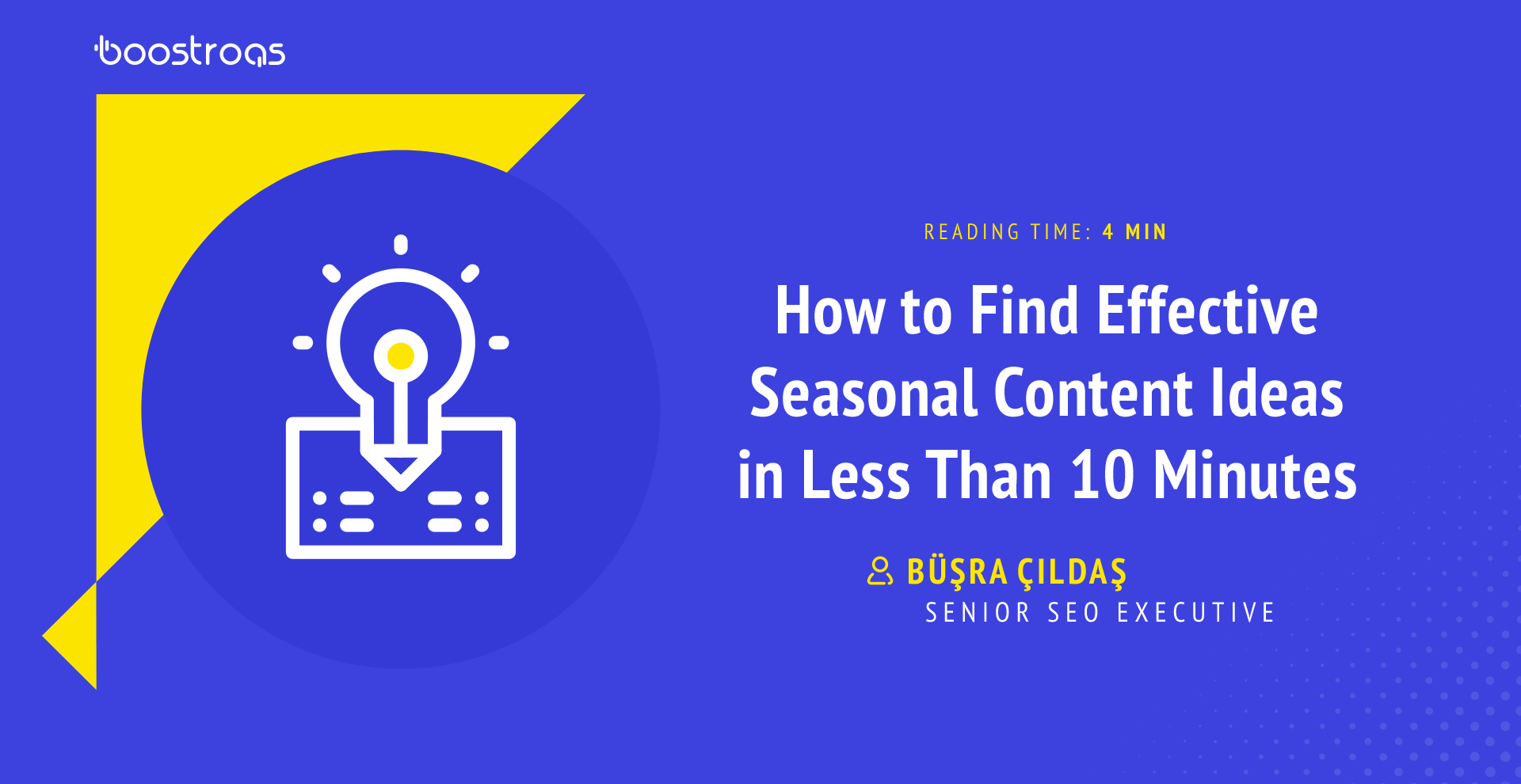Follow us :

Digital copywriting is not similar to writing your ideas on a piece of paper. To gain visibility on the web, you need to evaluate many steps before publishing your beloved blog posts.
For an SEO newbie, these steps may be confusing. However, we live in an era of technology… With the help of a lovely tool such as Semrush, even a junior SEO editor can check the quality of his or her content in just 5 minutes.
Here are the steps to achieve this…
Step 1: Create a Content Template
Just think that you have a piece of content and you want to evaluate its possible SEO performance, what would you do? If you ask me, I would tell you that I would use SEMrush’s SEO Writing Assistant.
You can either use it inside the tool or set it up as a Google Docs add-on and edit your content. To use this feature, you need to create a content template first.
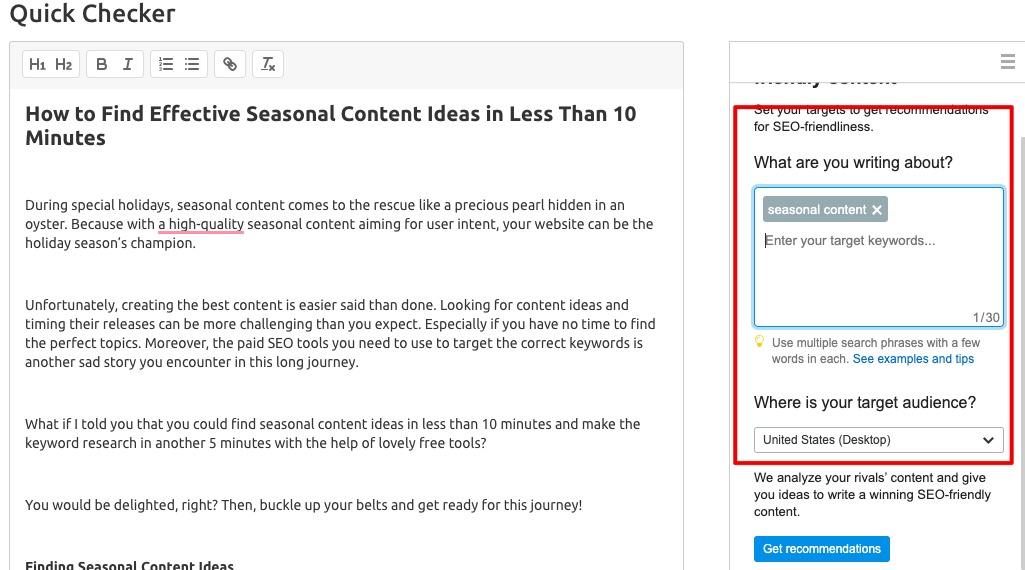
I have an article about seasonal content in this example, and I want to check its quality. In order to create the template, I entered the parent keyword “seasonal content” and defined the target audience as the United Kingdom.
Now I am ready to go.
Step 2: Check the SEO Score of Your Content
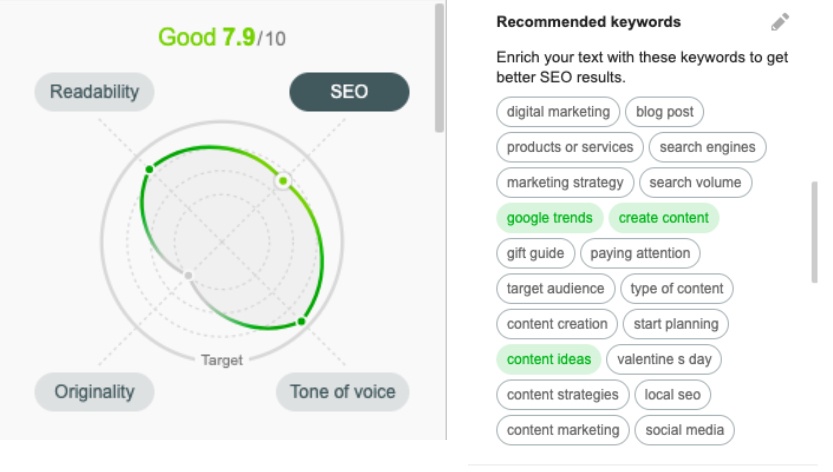
When we create the template, Semrush shows:
- The possible problems the related content have
- The semantic keywords that should be used to have a positive impact on the performance
- Whether you use the target keyword properly in the main title
- Whether you use the optimum amount of keywords
- Content length average to be ranked better than the competition
- Alt tags should be used if there are photos.
When you edit depending on these explanations, you can increase your SEO score and chance to achieve a better ranking.
Step 3: Check the Originality of the Content
In the digital environment, your content has no SEO value if it is not original.
If you are a copywriter, you can be sure about the originality of your content. However, you cannot be sure about other writers’ blog articles if you are managing a big business blog.
In the same template, you can click on the title “Originality” and check whether the content is original or not. However, this feature has limited use depending on your subscription type, but do not worry, you can always use Smallseotools.com as an alternative.
Step 4: Check the Tone of Voice
I can hear that you ask “Why should we check the tone of voice?” when you read this part. The tone of voice might seem a little irrelevant, but it is important for user experience.
Most of the time, your content is considered as valuable as long as it has consistency and a formal structure depending on your brand language. Useful content for users may also mean content deserving a better ranking in the eyes of Google Bots.
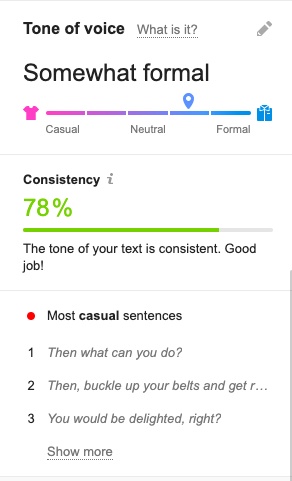
Step 5: Check Whether Your Content is Readable Enough
The final step is to evaluate the readability of your content. This estimation shows whether your content is easy and straightforward to be comprehended by your target audience.
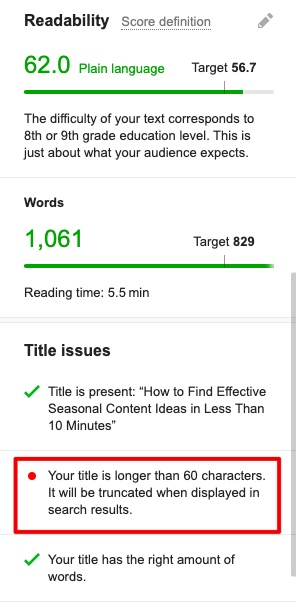
For example, if you have long sentences or paragraphs that are hard to follow, the tool tells you to make these simpler for the audience.
When you manage to reach your target audience, then your content will be read more and shared more if you are lucky.
To Sum Up
You should not consider the value of content by adding as many keywords as possible.
When you complete all of these steps, you will be ready to publish your article. Hopefully, you will see successful results in such a short time.














